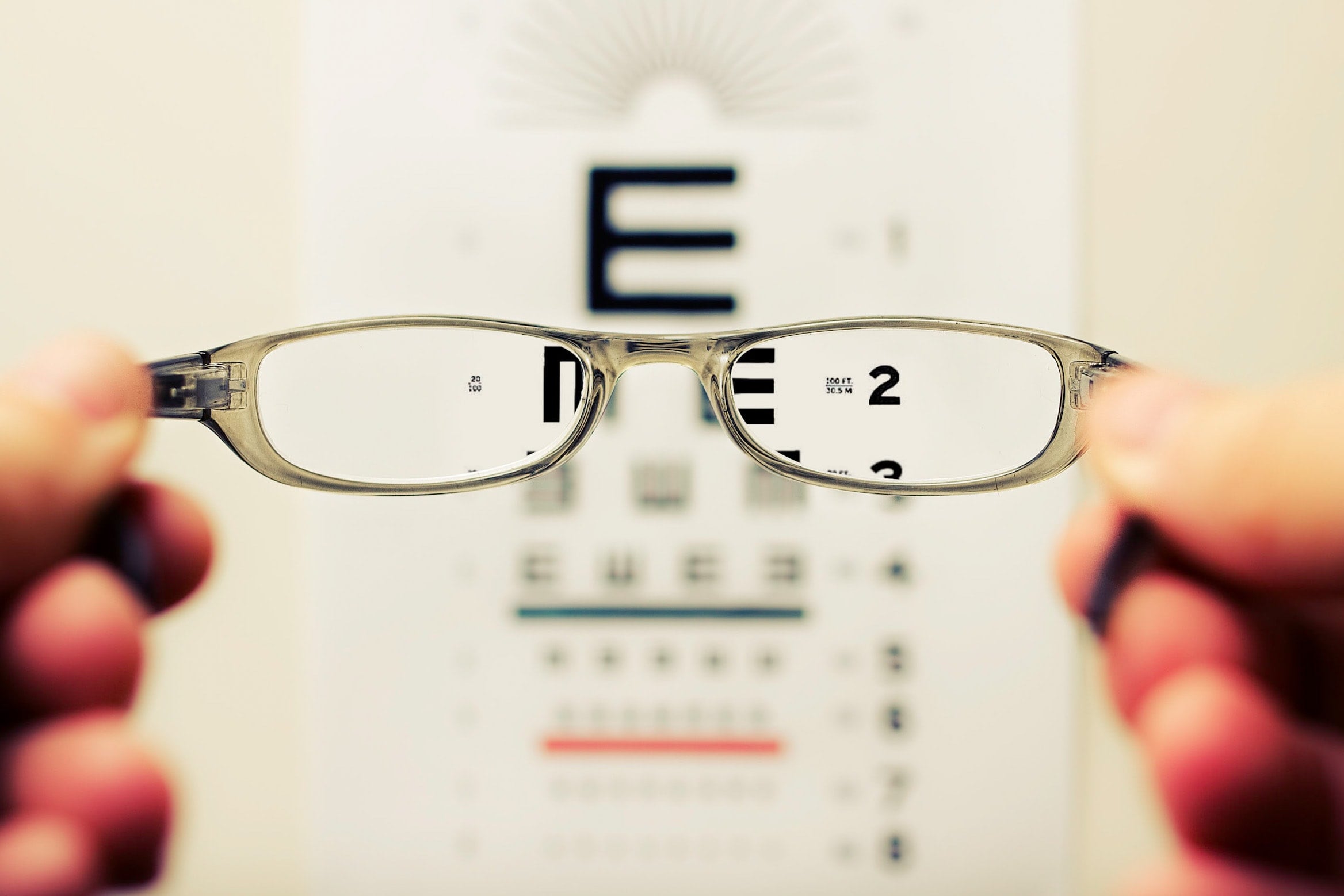
Refractive errors are so common that, according to the National Eye Institute, most people have one or more. Depending on the refractive error, the eyes may have difficulty seeing clearly while performing daily tasks, such as using the computer, sending a text message or reading a traffic sign. Here, Dr. Linda Vu explains what you need to know about refractive errors and how she can treat them at her Los Angeles vision center.
Myopia
Myopia, or nearsightedness, is the most common refractive error and occurs when the eyeball is too long or the cornea is too curved for the length of the eyeball. When light rays enter the eye, they are focused on a point in front of the retina, instead of on it. This causes distant objects to look blurry while close objects are clear.
Hyperopia
Hyperopia, or farsightedness, occurs when the eyeball is too short or the cornea has too little curvature. As a result, light rays entering the eye focus behind the retina. This causes distant objects to appear clear, while close objects may look blurry or distorted.
Astigmatism
Astigmatism is a condition in which the cornea is asymmetrical. A healthy cornea has a round shape, like a basketball, but an eye with astigmatism has a cornea shaped like a football. This prevents light entering the eye from focusing on a single point on the retina; instead it focuses on multiple points. As a result, objects near and far may look blurry or distorted.
Presbyopia
Presbyopia is the gradual loss of reading vision, caused by age-related changes in the eye. A young, healthy lens is flexible and shifts to bring objects into clear focus. But as the lens ages, it loses its flexibility and becomes hard and rigid — making it difficult for the eye to focus on objects nearby. Adults with presbyopia may have trouble reading, sewing, using a smartphone and performing other close-up work.
Understanding Orthokeratology
One of the ways that Dr. Vu can fix refractive errors is through orthokeratology, or the process of using special contact lenses to temporarily reshape the cornea. The lenses are worn at night, and when patients remove them the next morning, they can see clearly without any visual aids.
Orthokeratology lenses are used primarily for cases of nearsightedness, but can also be used to treat farsightedness, presbyopia and astigmatism. They are a wonderful alternative to LASIK for patients that don’t qualify for laser eye surgery.
To discuss orthokeratology and other solutions to refractive errors, please contact Linda Vision today by calling (626) 382-2020 and request a consultation with Dr. Vu.
